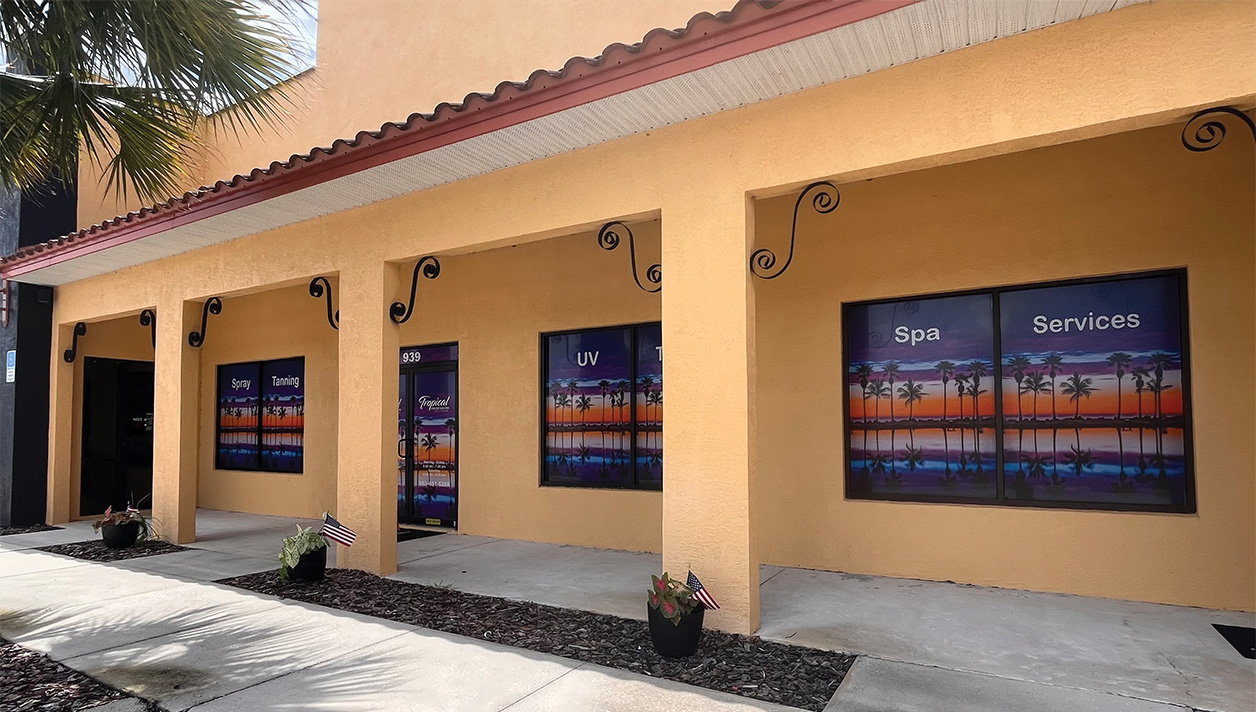The number of U.S. teenagers who drink and drive dropped by more than half from 1991 to 2011, federal health officials said on October 2.
Nine out of 10 high school students age 16 and over said they did not drink and drive in 2011, according to the U.S. Centers for Disease Control and Prevention (CDC). This represents a decline of 54 percent over two decades.
“There is good news in some of the data here,” CDC director Dr. Thomas Frieden said during a noon press conference on Tuesday, October 2. Still, one in 10 — or nearly one million students — reported driving after consuming alcohol each month.
“Drinking and driving is risky for any driver, but especially for young teens,” Frieden said. “Young drivers are 17 times more likely to die in a crash when they have a blood alcohol concentration of 0.08 than when they have not been drinking.”
Car crashes remain the leading cause of death for teens, Frieden said. “There are more than 2,000 teens aged 16-19 killed on the road each year, and many of those deaths are alcohol-related,” he said. One in five teen drivers involved in a fatal crash in 2010 had alcohol in their system, he added.
For the report, released Oct. 2, the CDC used data from the 1991-2011 Youth Risk Behavior Surveys, which asked U.S. teens if they had driven after drinking once or more in the past month.
Proven ways to reduce drinking and driving among teens include restricting the legal drinking age to 21 and implementing graduated driver licensing systems that restrict driving at night or with teen passengers, the CDC says.
“Every state has a graduated license system, but rules vary from state to state,” Frieden said. These laws and other efforts have reduced teen driving deaths by nearly 40 percent in less than four years, he said.
Parents also play a role in keeping their teens safe on the road. They can be models of safe driving and can use parent-teen driving agreements that limit driving. These agreements can include a ban on drinking and driving, insistence on obeying driving laws, including wearing seatbelts, and limiting night driving and the number of teen passengers, Frieden said. Agreements can also include not texting or talking on a cellphone, he added.
The report was published in the October issue of the CDC’s Vital Signs Report: Teen Drinking and Driving: A Dangerous Mix. HealthDay
Highlights of the report include:
- High school students drove after drinking about 2.4 million times a month in 2011;
- some did so more than once a month.
- Boys 18 and older were most likely to drive after drinking (18 percent), and 16-year-old girls were least likely (6 percent).
- Most teens (85 percent) who drove after drinking also reported binge drinking
- in the past month. Binge drinking was defined as downing five or more drinks in a short time frame.
- The six states where teenage drinking and driving rates were higher than average were Iowa, Louisiana, Montana, North Dakota, Texas and Wyoming, while drivers in the following nine states were least likely to drink and get behind the wheel: Alaska, Indiana, Kentucky, Michigan, New York, North Carolina, Rhode Island, Utah and Virginia.
























